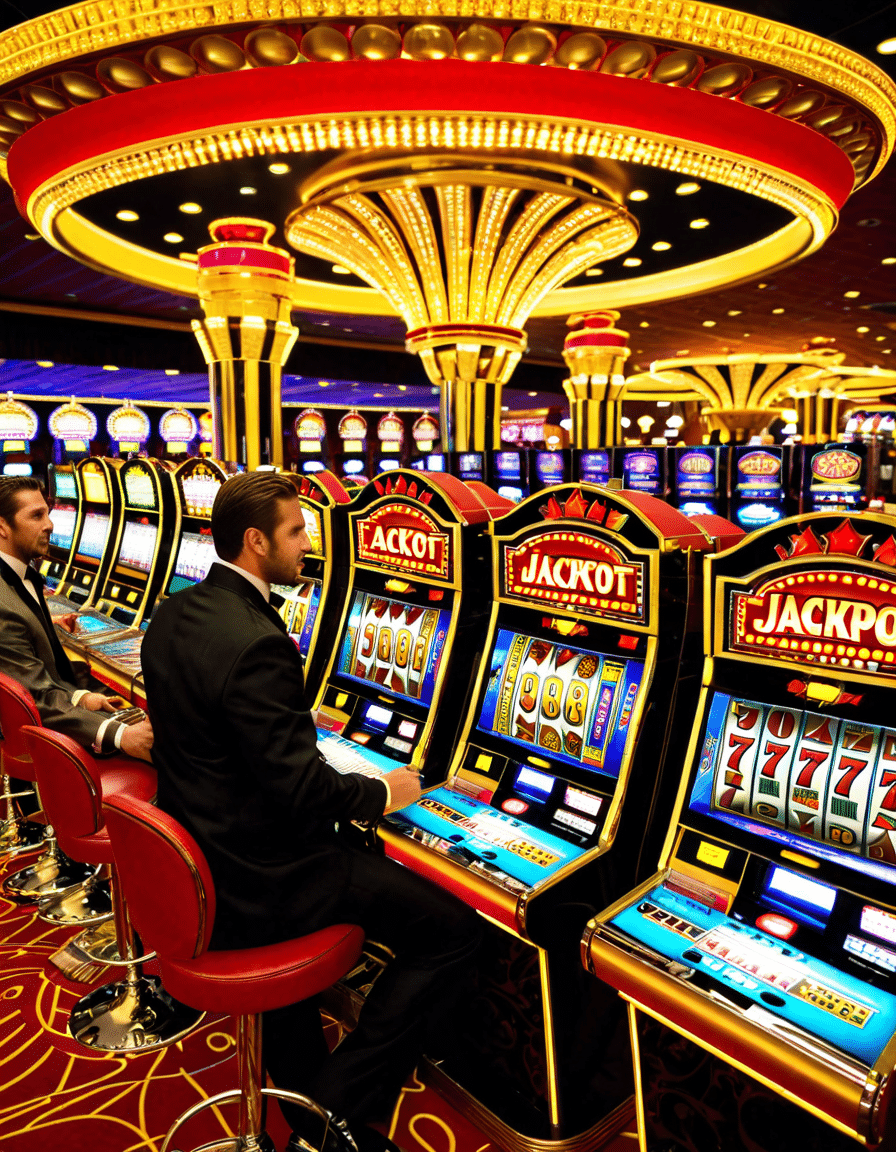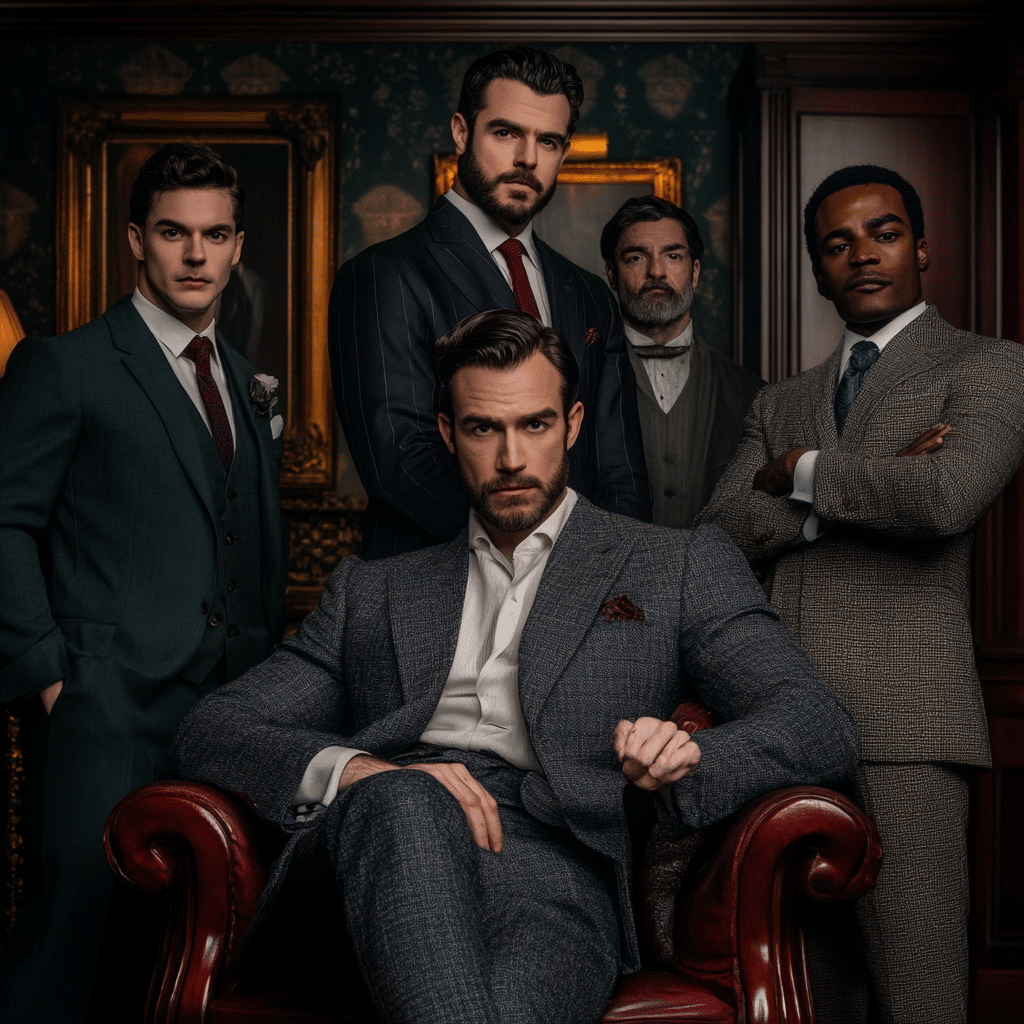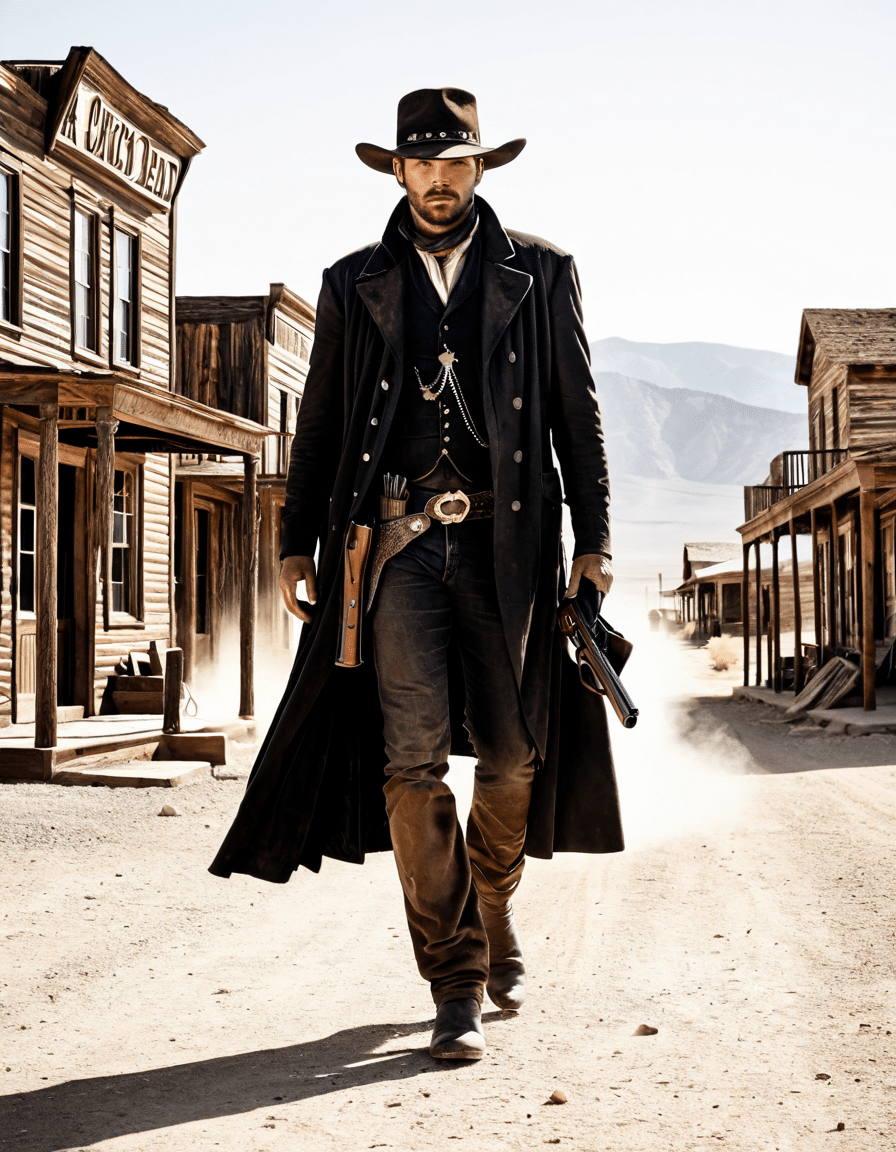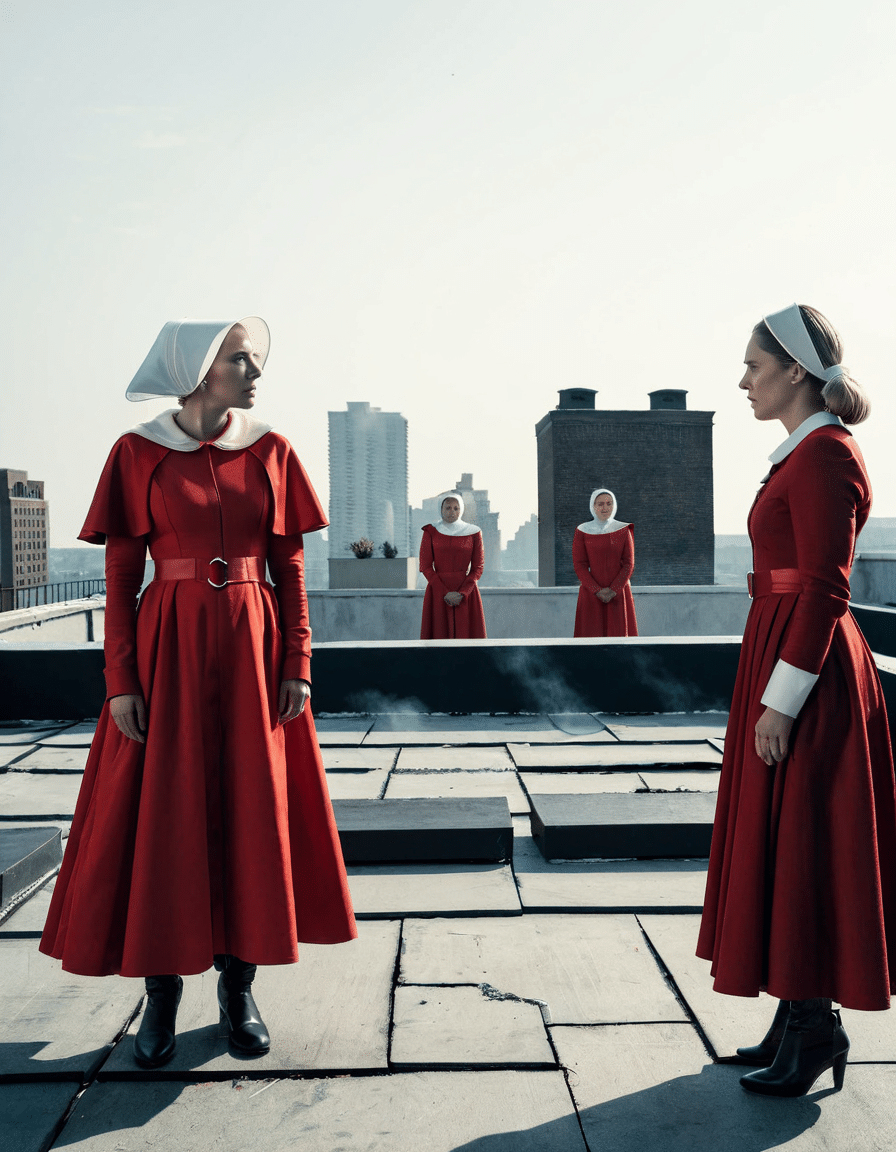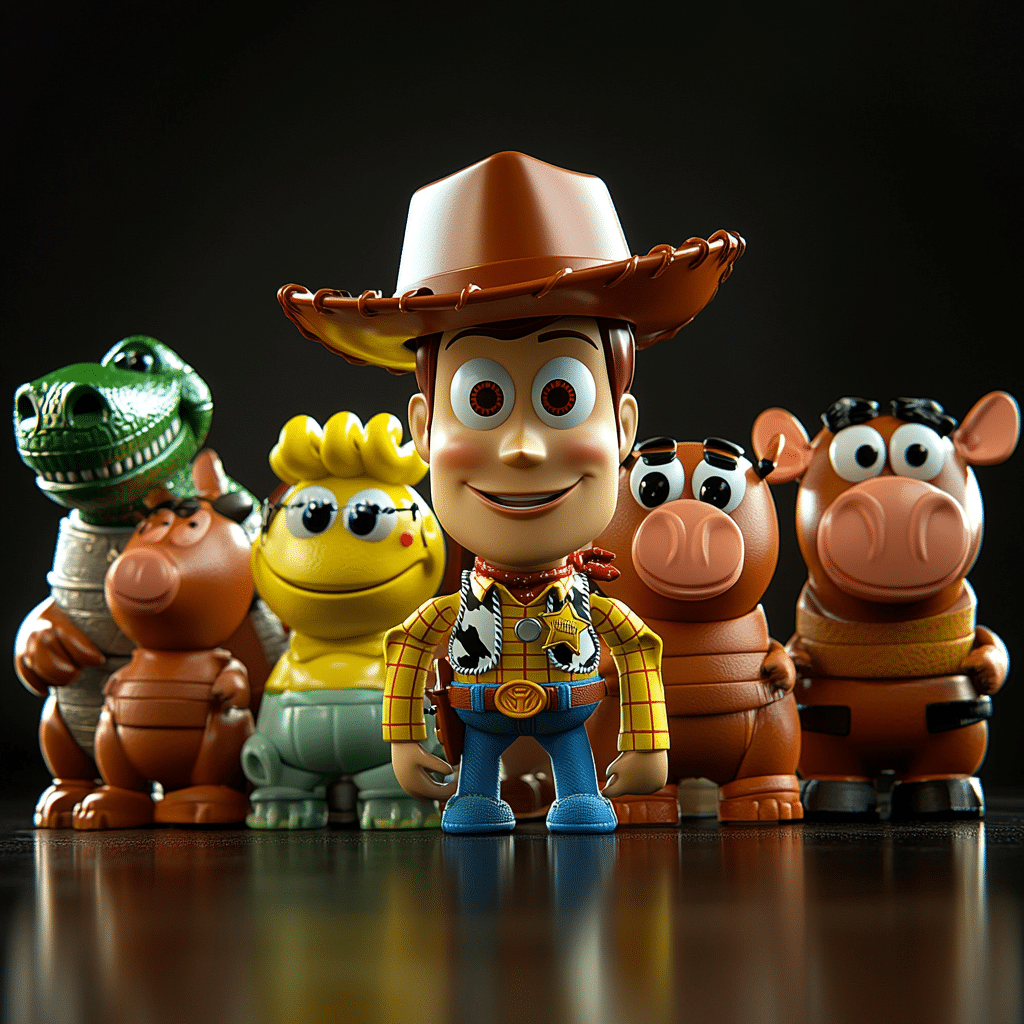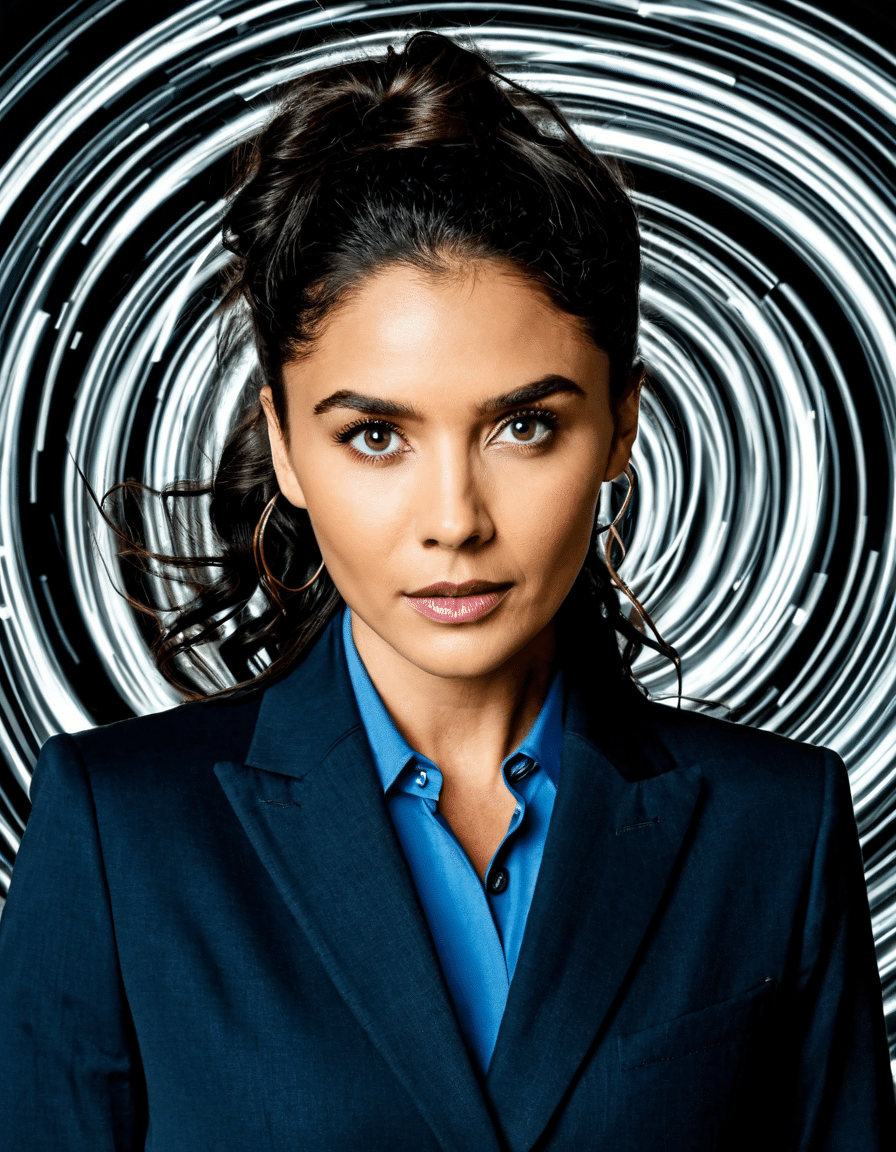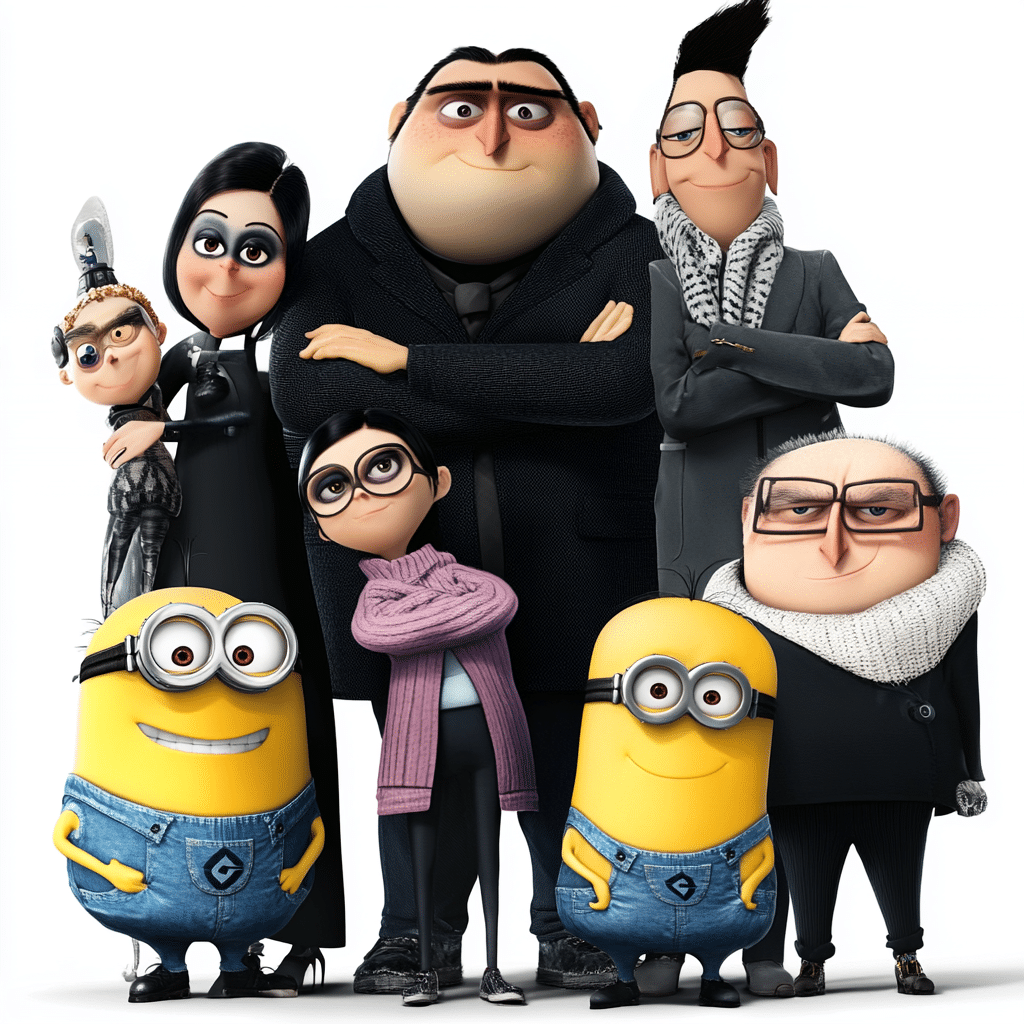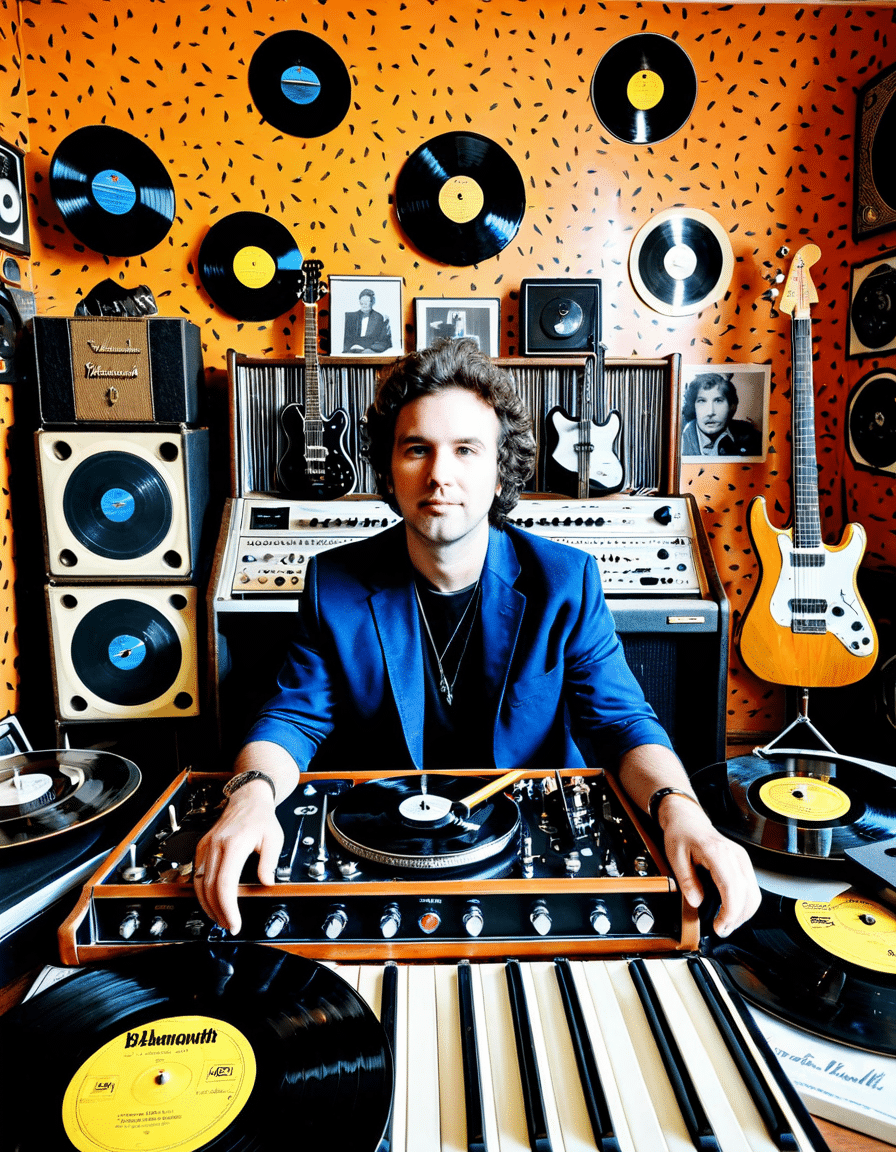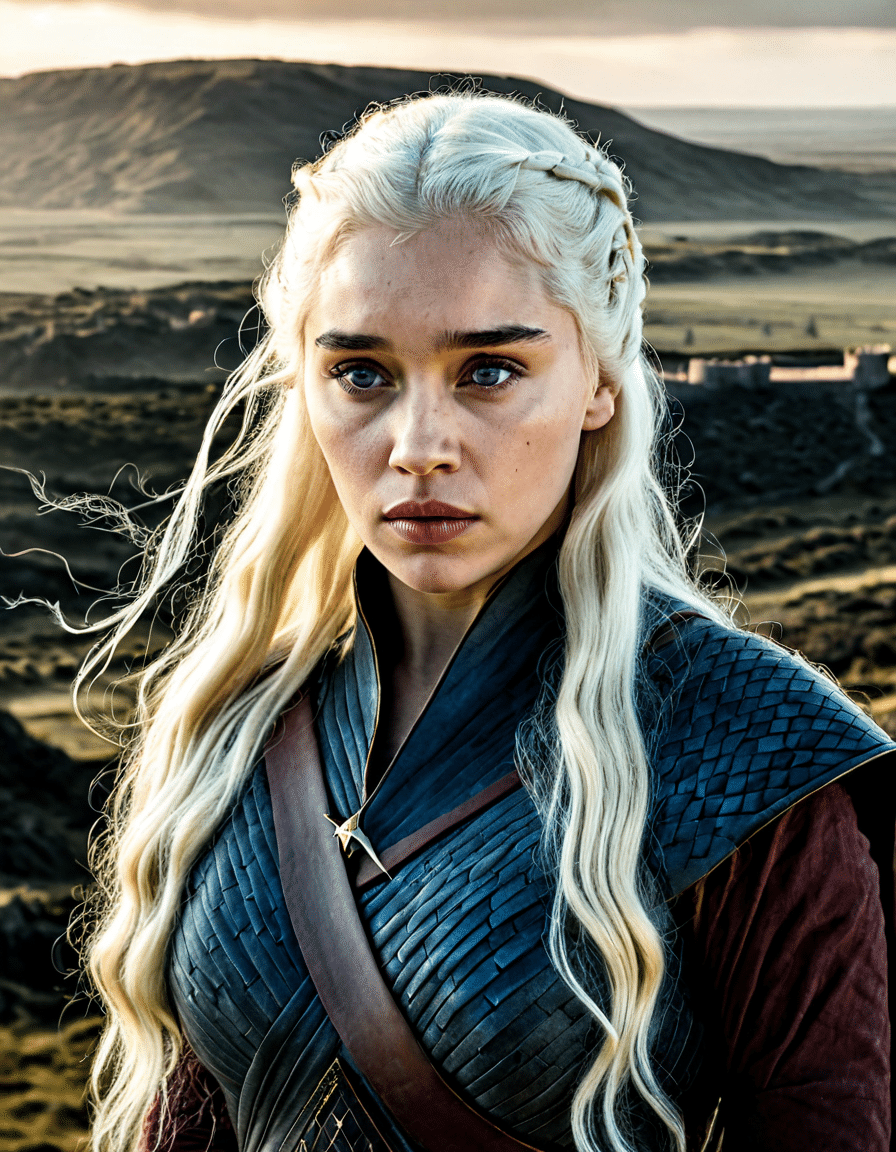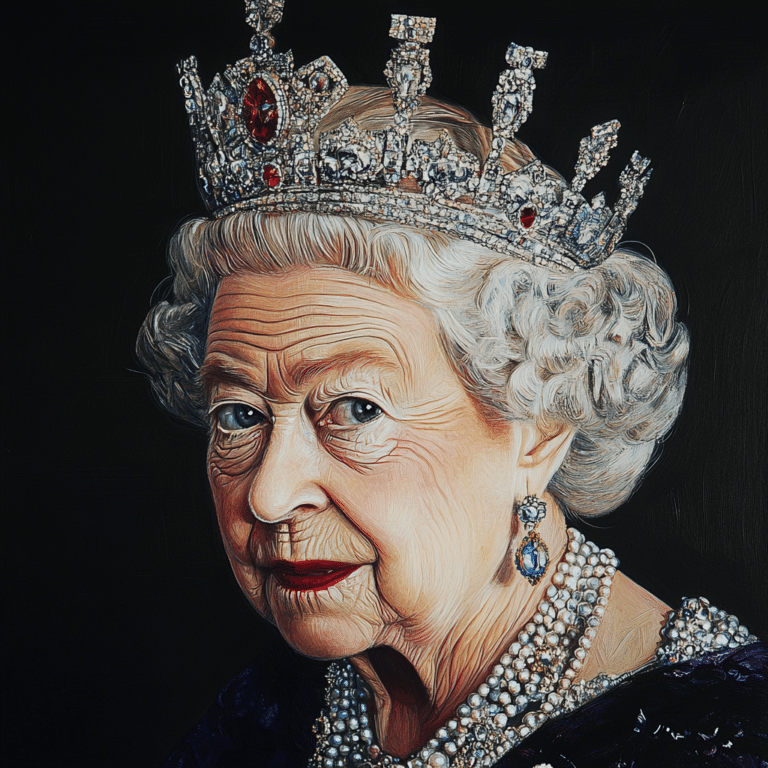The 2010 psychological thriller Shutter Island, directed by the legendary Martin Scorsese, continues to cast a long shadow over the landscape of cinema. With a gripping narrative and a cast that’s nothing short of phenomenal, this film leaves viewers reeling with every twist and turn. At the heart of the story are its characters, brought to life by a star-studded ensemble including Leonardo DiCaprio, Mark Ruffalo, Ben Kingsley, and more. Today, we’re gonna dive into the Shutter Island cast, unpacking their riveting performances and how each contributed to the film’s compelling psychological tension.
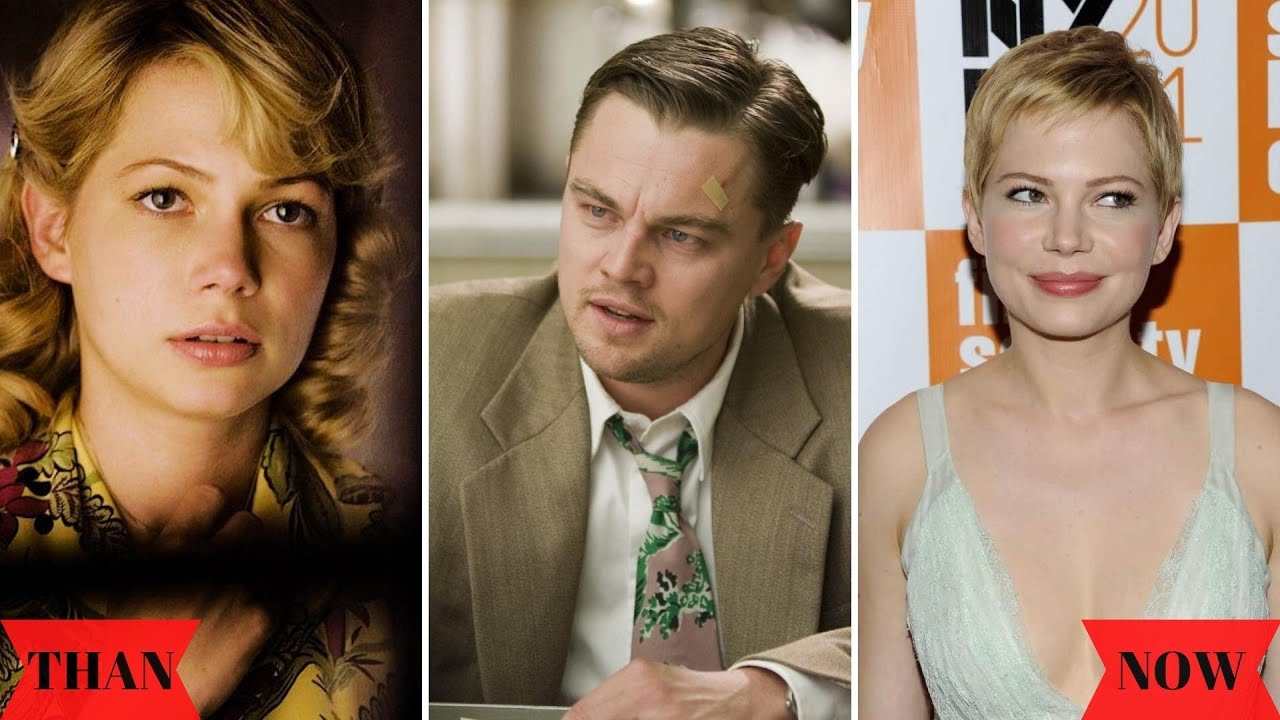
Top 5 Standout Performances of the Shutter Island Cast

1. Leonardo DiCaprio as Teddy Daniels
Leonardo DiCaprio’s performance as U.S. Marshal Teddy Daniels is nothing short of masterful. He navigates the treacherous waters of emotional fragility with remarkable skill. As Teddy unravels from a determined investigator into a man haunted by guilt and paranoia, DiCaprio keeps us glued to the screen. Critics rave about the raw intensity he brings to moments filled with dread, making us almost feel the sweat trickle down his brow as he grapples with the monstrous memories of his past.
What’s even more astounding is how DiCaprio portrays the transformation towards the film’s climax. As audiences come to realize that Teddy is actually Andrew Laeddis, the murderer of his manic depressive wife, the depth of DiCaprio’s performance becomes even clearer. It’s like peeling an onion—each layer more heartbreaking than the last!
2. Mark Ruffalo as Chuck Aule
Mark Ruffalo provides the perfect yin to DiCaprio’s yang as Chuck Aule, Teddy’s loyal partner. Where Teddy spirals into chaos, Chuck is the voice of reason and empathy. His grounded performance serves as an anchor, showing us the profound concerns a friend can have when witnessing someone in distress.
When Chuck tries to bring Teddy back from the brink during their investigations, it’s as if he’s battling with both loyalty and fear. Ruffalo’s subtle expressions and delivery add layers to the narrative, sparking debates about friendship and loyalty. Plus, who doesn’t love that unshakable, steadfast best buddy vibe?
3. Ben Kingsley as Dr. John Cawley
Ben Kingsley’s Dr. John Cawley brings an air of intellectual mystique that’s hard to shake. He’s calm, collected, and dripping with an unsettling charm that keeps audiences guessing. As the head psychiatrist, his role often feels like that of a puppeteer, pulling strings as he navigates Teddy’s mental state.
In his scenes, particularly the confrontation between Cawley and Teddy, Kingsley raises eyebrows while addressing the ethics of psychopathy in a chillingly persuasive manner. Critics often point out that Cawley isn’t just a therapist, but a complex reflection of what can happen when authority and manipulation collide. It’s fascinating and frightening all at once!
4. Michelle Williams as Dolores Chanal
Michelle Williams’ portrayal of Dolores, Teddy’s deceased wife, might not take the spotlight, but oh boy, does she leave a haunting imprint! Her spectral presence weaves through Teddy’s mind like an eerie wisp, constantly reminding him of his unresolved guilt.
These flashback sequences are packed with emotional depth, giving the audience insights into Teddy’s psyche. Williams gives the audience a potent depiction of grief and trauma wrapped in regret. Those fleeting moments, while brief, are central in understanding his spiraling descent into madness. It’s like she’s the ghost that refuses to let him forget!
5. Max von Sydow as Dr. Naehring
The late Max von Sydow’s portrayal of Dr. Naehring introduces an unsettling presence that further complicates the psychological drama unfolding in Shutter Island. His character encapsulates a darker side of psychiatry, representing the chilling control professionals can exert over patients.
Von Sydow’s composed demeanor, coupled with his chilling gaze, lends a layer of mystery and danger to the narrative. Observers of the film note how his character prompts viewers to contemplate the societal implications of mental health treatments. If Dr. Cawley embodies the ethical side of psychiatry, Naehring is the devil on the shoulder, pushing the boundaries of what’s acceptable. It’s a stunning performance that sticks with you!
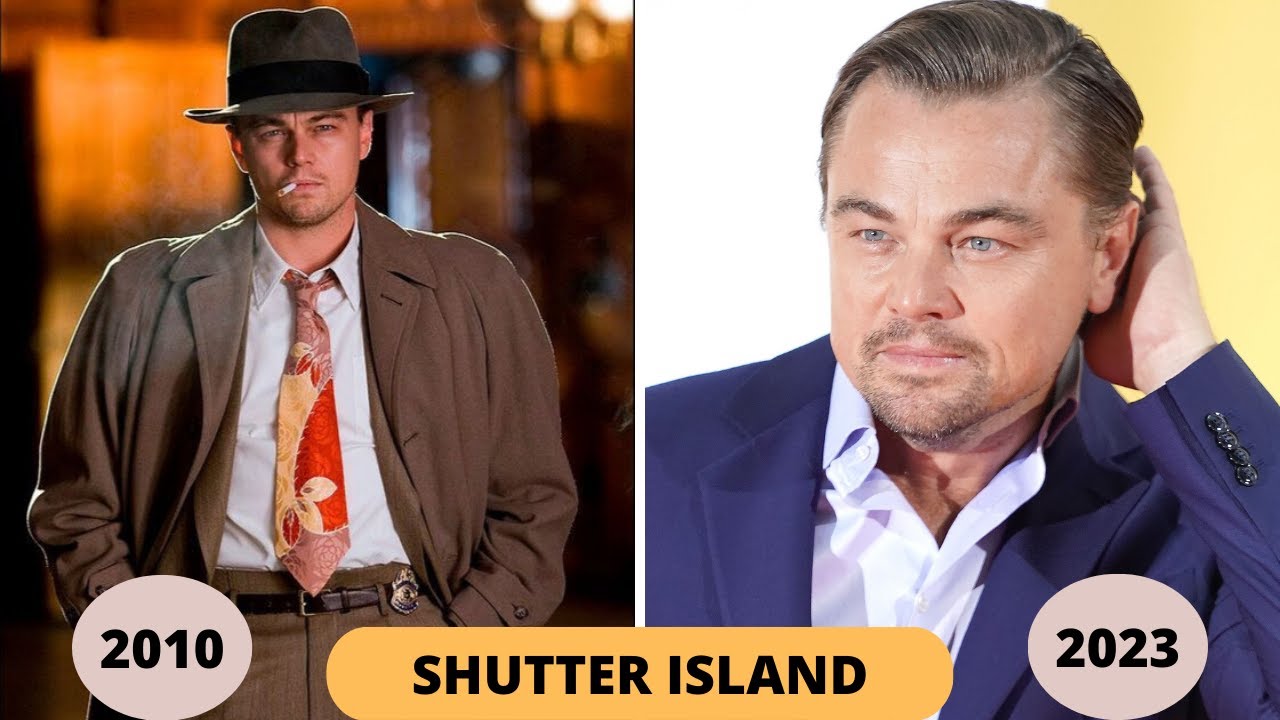
Psychological Themes Explored Through the Shutter Island Cast
The performances by the Shutter Island cast dive deep into gripping themes like trauma, guilt, and reality. Each character does more than just act their part; they embody the movie’s psychological landscape, causing us to reflect on our own experiences.

Reflecting on the Legacy of the Shutter Island Cast
Years after its release, the Shutter Island cast still holds a prominent position in cinematic history. Each actor enhances the film’s narrative, sparking discussions about psychological thrillers’ complexities.
Shutter Island remains a pivotal work, influencing how we perceive not just psychological thrillers, but also the broader subject matter of mental health. The extraordinary cast invites viewers into a maze of emotional tension that leaves us questioning our reality long after the credits roll.
In conclusion, Shutter Island showcases incredible performances that highlight storytelling’s power in examining intricate aspects of the human psyche. So, whether you’re revisiting it or watching for the first time, remember to appreciate the craft behind each character’s portrayal. You might find that there’s always more to uncover in this dark, thrilling world!
While the discussion continues, don’t forget—sometimes, it’s dog-eat-dog in here. And as always, keep your popcorn handy!
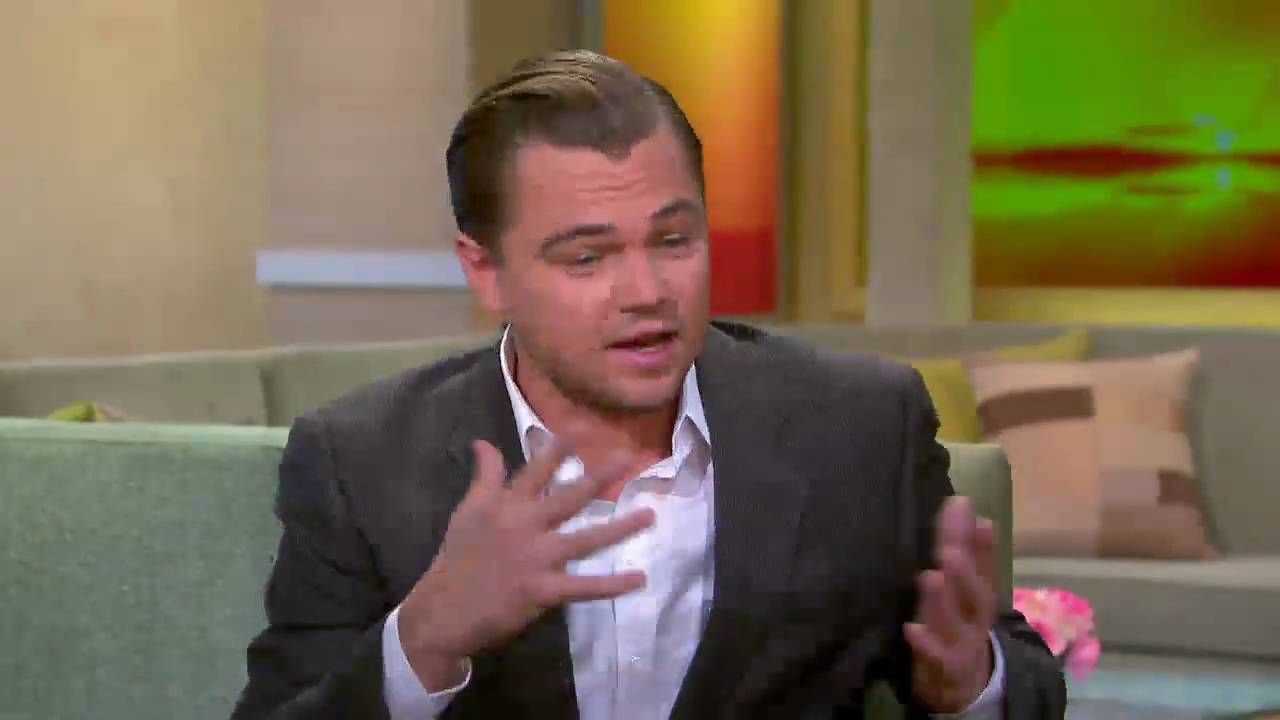
Shutter Island Cast: Behind the Psychological Thrills
An Unforgettable Experience with Famous Faces
The Shutter Island cast is nothing short of iconic, with Leonardo DiCaprio leading the charge as U.S. Marshal Teddy Daniels. His performance is as intense as the rollercoaster ride of emotions we experience while watching the film, but did you know he was already an established star? DiCaprio’s big break came in the early ’90s, and he never looked back, earning him accolades galore. Speaking of stars, director Martin Scorsese and cinematographer Rodrigo Prieto crafted a haunting atmosphere that lends itself to unforgettable visuals, showcasing the gripping narrative centered around mental health and trauma. Fun fact: for his role, DiCaprio actually researched the psychological effects of trauma to portray Teddy authentically. It’s all about that depth—just like cooking a delicious smoked chicken breast, the flavors need time to develop!
Secrets of the Supporting Cast
The supporting Shutter Island cast equally dazzles, featuring actors like Mark Ruffalo and Ben Kingsley, each bringing their unique flair. Interestingly, Ruffalo’s deep brooding style complements DiCaprio perfectly, as he plays the supportive yet troubled partner, Chuck Aule. Did you know Kingsley channeled his own family experiences to flesh out Dr. Cawley? Talk about bringing personal history into the mix! While preparing for the film, the cast also faced a challenge with the intense filming schedule, akin to keeping up with fluctuating Sheetz gas Prices. Each day was a testament to their resolve, making the resulting performances feel all the more genuine.
Legendary Collaborations and More
Another intriguing tidbit is that the film boasts the talents of Barry Sonnenfeld, who is often celebrated for his directorial flair in the comedy genre. While he wasn’t the director of Shutter Island, his influence is felt within the industry and he’s been instrumental in producing captivating content in various genres. The psychological tension and undertones are palpable throughout the movie, echoing themes found in the 20th Century boys anime—where friendship ties can be both a blessing and a curse. So the next time you’re engrossed in the movie’s twists and turns, remember, the glue holding everything together is a fantastic cast and an unsettling atmosphere that keeps viewers on their toes, much like a specially crafted tantra chair designed for comfort and introspection.
In summary, the Shutter Island cast’s performance is a mesmerizing journey into the human psyche, resonating long after the credits roll. Their dedication to portraying complex characters shines through, making this film a noteworthy entry in cinema history.

Is Shutter Island based off a true story?
Shutter Island isn’t based on a specific true story, but it draws inspiration from real historical contexts, particularly islands known for institutions and social services, like Rainsford Island and Long Island.
Who is Teddy actually in Shutter Island?
Teddy is actually Andrew Laeddis, the most dangerous patient in Ward C. He was locked up on the island after tragically killing his manic depressive wife, Dolores, who had drowned their children.
Was he faking it at the end of Shutter Island?
At the end of Shutter Island, Andrew recognizes his true identity, but he opts to pretend he’s still Teddy Daniels. He chooses this path to escape the unbearable guilt over his past actions, leading to his lobotomy as a way out.
What is the true ending of Shutter Island?
The true ending reveals that Andrew Laeddis understands his reality and has chosen to embrace the lobotomy instead of dealing with the pain of his memories. This decision highlights his desire for freedom from guilt.
Who is the real killer in Shutter Island?
The real killer in Shutter Island is Andrew Laeddis himself, as he is responsible for the death of his wife and indirectly, the death of their children.
What does the law of 4 mean in Shutter Island?
The law of 4 refers to the principle that states a patient must have four serious offenses before they can be permanently committed, portraying the tight grip of the institution on its inmates.
Was Teddy really sick in Shutter Island?
Teddy/Andrew shows signs of severe mental illness stemming from his past trauma, marked by delusions and a constructed identity to cope with his heartbreaking reality.
What is lobotomized in Shutter Island?
In Shutter Island, lobotomized refers to a surgical procedure that involves severing connections in the brain, used as a means to control or alleviate symptoms in patients, usually without their consent.
What could be worse, Shutter Island?
What could be worse than Shutter Island may be the psychological torment and guilt that Andrew experiences. The setting serves as a backdrop for the horrors of his past, amplifying his suffering.
Was he still crazy at the end of Shutter Island?
At the end of Shutter Island, while Andrew acknowledges his identity, the choice he makes raises questions about his mental stability. He effectively lets go of reality, suggesting a deep complexity in his mental health.
Why does the woman write run on Teddy’s notepad?
The woman writes “run” on Teddy’s notepad as a frantic plea for help, perhaps a reflection of her awareness regarding the dark truths of the island and the danger posed by the institution.
Was the guy actually crazy in Shutter Island?
Andrew is not simply crazy in Shutter Island; he’s a tragic character shaped by personal loss and trauma, grappling with severe mental health issues that lead him to create an alternate reality.
What is the big twist in Shutter Island?
The big twist in Shutter Island is that Teddy Daniels is really Andrew Laeddis, and he’s been a patient all along, showcasing the profound effects of grief and guilt on the mind.
What does the lighthouse mean in Shutter Island?
The lighthouse symbolizes enlightenment and truth, representing both a place of mystery and the chilling reality Andrew must confront about his life.
Is Rachel Solando Teddy’s wife?
Rachel Solando isn’t Teddy’s wife; she’s a fictional character created by Andrew to escape his tragic past, serving as a projection of his guilt and unresolved trauma.

